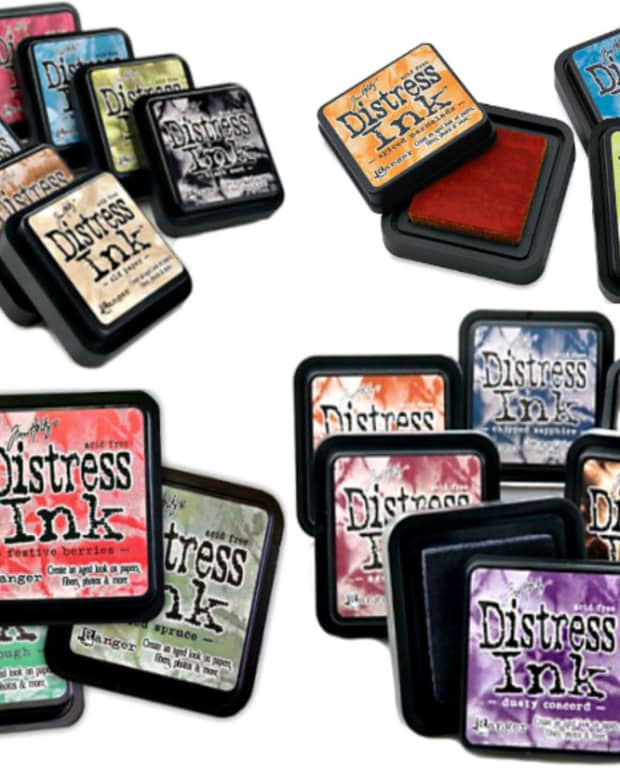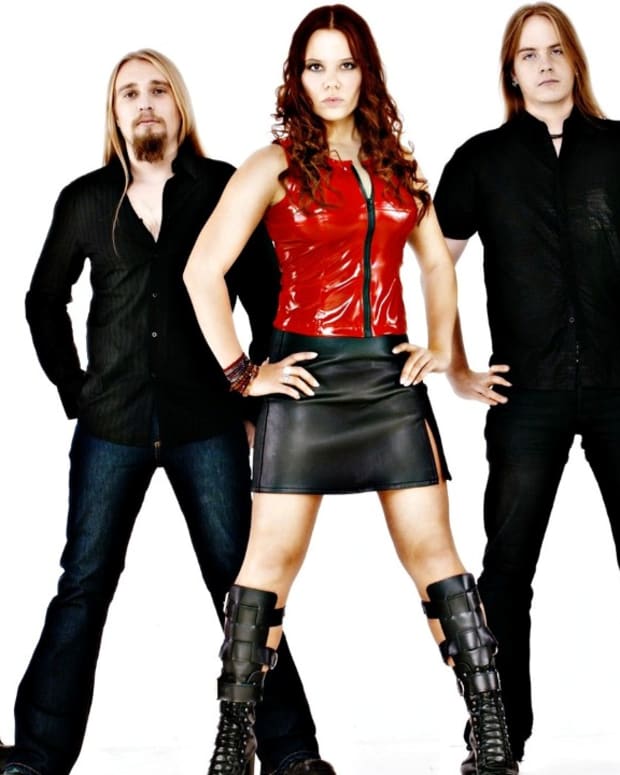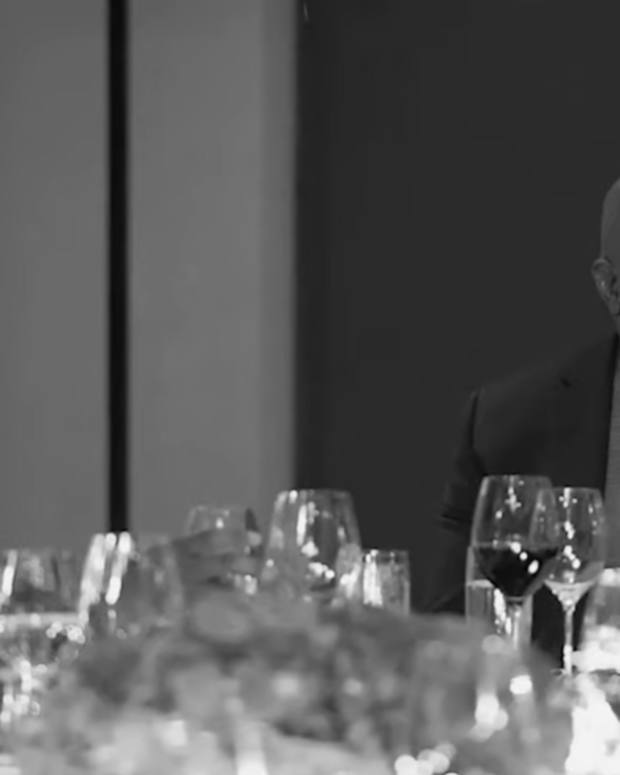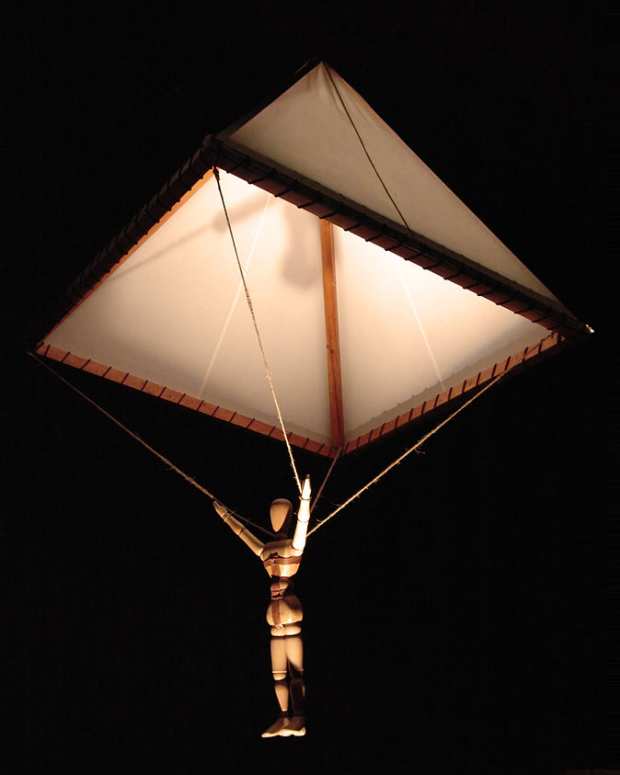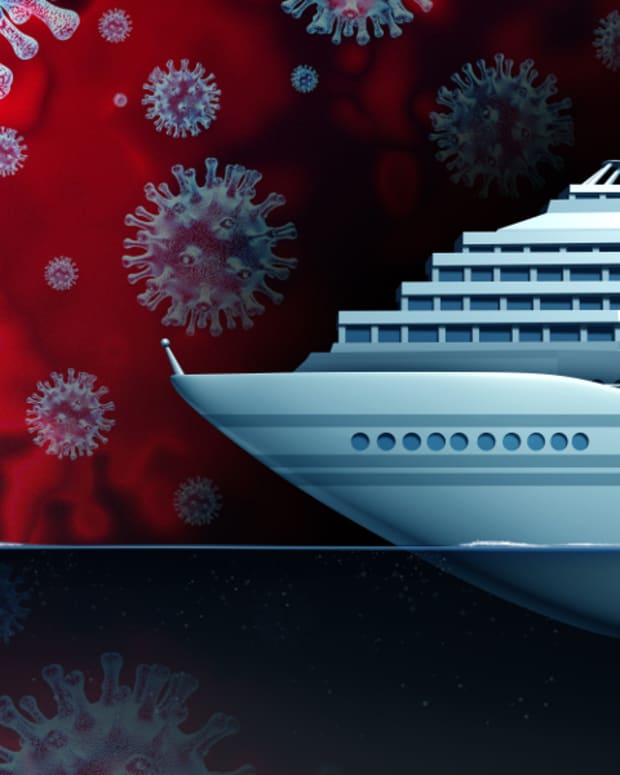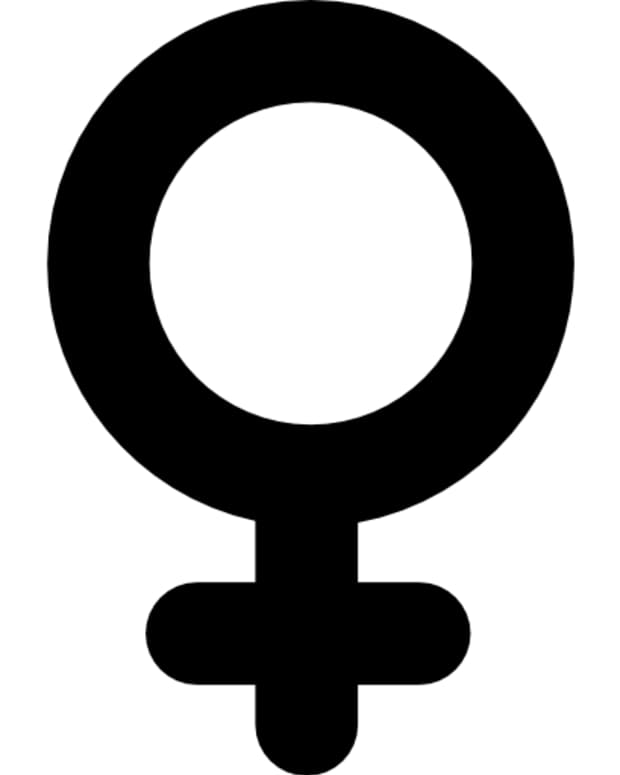The Puritans' Massachusetts Bay Colony
Massachusetts Bay Colony
The Massachusetts Bay Colony was an English settlement on the New England coast of North America in the early 1600’s. It was formed by Puritan settlers fleeing religious persecution in England around what is known today as the cities of Boston and Salem.
The lands which became the Massachusetts Bay Colony had previously been inhabited by Native Indians. The Company of Massachusetts Bay received a charter to start a settlement in the New World in 1629. The charter granted the company the right to establish a settlement. The passengers of the “Arbella” who left England in 1630 with their new charter had great expectations. Future governor of the colony, John Winthrop, declared "We shall be as a city upon a hill. The eyes of all people are upon us." The Arbella was one of eleven ships which carried over a thousand Puritans to Massachusetts.
The Puritans came to Massachusetts for religious purification, although Anglicans, Quakers and several other denominations were tolerated in the Puritan communities for a time. Eventually Quakers were banned, and in 1660 four were hanged in Boston Common because of religious intolerance. However, Americas' first permanent English colony was Jamestown in Virginia founded in 1607, 13 years before the Pilgrims landed at Plymouth in Massachusetts.
The Puritans
The Puritans who established the Massachusetts Bay Colony were from the River Thames region of England. It rapidly surpassed the Plymouth colony economically and in population primarily because of trade and other business at Boston Harbor. But, with the Europeans also came diseases such a smallpox that decimated many of the Natives. The Puritans interpreted this as God’s will and also a way to justify the colony. They compared their journey to the exodus of the Jews. The area is now the Commonwealth of Massachusetts.
The Massachusetts Bay Colony became the only English chartered colony whose board of governors did not reside in England. This independence helped the settlers to maintain their Puritan religious practices with very little oversight by the King, and Anglican Church. The first 400 settlers, mostly Puritans, departed in April 1629 under the new charter. It quickly became apparent many others would follow.
The Mayflower
From their first arrival aboard the Mayflower in 1620 through 1629, only about 300 settlers had survived in New England, dying from disease, starvation and harsh winters. However, in 1630, 140 more passengers arrived from the English West Country counties of Dorset, Somerset, Devon, and Cornwall. 1,000 settlers arrived and established colonies at Salem and Boston. By 1650, there were more than 16,000 all joined under the two main settlers' groups, the New Plymouth Colony and the Massachusetts Bay Colony.
The Pilgrims were the first settlers to establish a colony in Massachusetts in 1620. Shortly thereafter, smaller groups of settlers also established communities. During the early years, life revolved around survival. Colonists had to clear land to grow food, graze animals and build homes. Contrary to popular belief colonial settlers in Massachusetts did not build log cabins. They built wattle and daub huts. Wood frame homes would come later.
Plymouth Colony was established in 1620 with the Massachusetts Bay Colony being founded in 1630. The Colonial Period is considered to have been from 1620 to about 1780 and from the original 101 settlers the population grew to about 268,000.
Colonial life in Massachusetts revolved around work and religion. Farming, trading and fishing were the primary occupations, but many Colonials practiced other trades. Those trades included coopers, blacksmiths, shipbuilders, weavers, seamstresses, cabinet makers, herbalists, fur traders, loggers and hunters. Many colonists became craftsmen to supply their families and neighbors with necessary items.
Winthrop, along with other prominent Puritan leaders, instituted the colony under a religiously oriented hierarchy. The governing body consisted of 2 courts, the first comprised of company stockholders and the 2nd of church elders. The first few years of life were very difficult. Nearly two hundred Puritan settlers died, and about the same number returned to England. However, during the mid 1630’s nearly twenty thousand Puritans had settled in Massachusetts Bay Colony.
Most of these settlers were Puritans, but some were not, giving rise to the “Puritan stamp.” The “Puritan stamp” meant only Puritans could be considered “freemen.” Only freemen were able to own land, vote, buy stock or free to come and go as they pleased. Non-Puritans could not go to certain churches, participate in government affairs or own homes.
As this colony began to grow, a small group of Puritans were sent out to form a plantation in Salem, which would later become another Puritan settlement. Life was already difficult in the colony, but strict religious restrictions made it even more so. Everyone was expected to work from sunup to sundown and church attendance was mandatory. Punishment for any violations was swift and harsh. Therefore many original settlers eventually opted to move away to other places.
Racial tensions eventually led to King Philips War in 1675–76. It was known as the bloodiest Indian war of the early colonial period. In the 1670s, Massachusetts adopted slave codes, which removed the limitation on terms of slavery, but only for non-whites. It became fashionable to own one or more household slaves.
Comments
John Young (author) from Florence, South Carolina on February 09, 2012:
Amazing stuff. Thanks for sharing.
Bill Russo from Cape Cod on February 09, 2012:
I live in the Massachusetts Bay Colony about 40 miles from Provincetown where the Europeans landed. They moved from the tip of Cape Cod to what is now called Plymouth. My cottage is near King Phillip's summer residence. His real name is 'Metacom'. He was killed & beheaded by the Europeans in their massacre that they called the King Phillip War. His father, the great Sagem, Massasoit saved the settlers from starvation and certain death. Their gratitude did not last even two generations.
Joanna McKenna from Central Oklahoma on October 12, 2011:
A friend is a verified descendant of a passenger on the Mayflower in 1620. My ancestors didn't arrive in Mass Bay from Somerset until 1635, so I claim they hung back until the area was a bit more civilized. lol! They settled first at Marblehead but the family had moved to Salem by the time of the Witch Trials.
I've never been able to determine what religion the original ancestors belonged to, but I'm guessing they weren't Puritans as however-many-greats-grandpa was publicly chastised and fined for refusing to cut his hair. Years later, his dau-in-law from whom I descend attacked a woman *in church* for saying something that displeased her. And my parents wondered where my rebellious streak came from! lol! ;D
John Young (author) from Florence, South Carolina on January 09, 2011:
Thank Pam. I had ancestors at this place. I haven't found any links to the Mayflower as yet. But there could be. You're welcome Makingsense
Makingsense on January 09, 2011:
Thanks for the hub. I once had a history class where the entire class was about writing one paper. I chose "Why Europeans Chose to Emigrate To The New World" as a subject. It's fun to revisit the era.
Pamela Oglesby from Sunny Florida on January 09, 2011:
I enjoyed your hub. This is something I have studied through the years as I do genealogy research and have ancestors that arrived on the Mayflower. They came so ill prepared it is a wonder anyone survived although losing 50% of the passengers the first year is sizable. As you write thing did improve over the next few years. Rated up.
John Young (author) from Florence, South Carolina on January 09, 2011:
Thank you Winter.
Wintermyst on January 08, 2011:
Interesting piece. I am a major history buff myself. Well done








